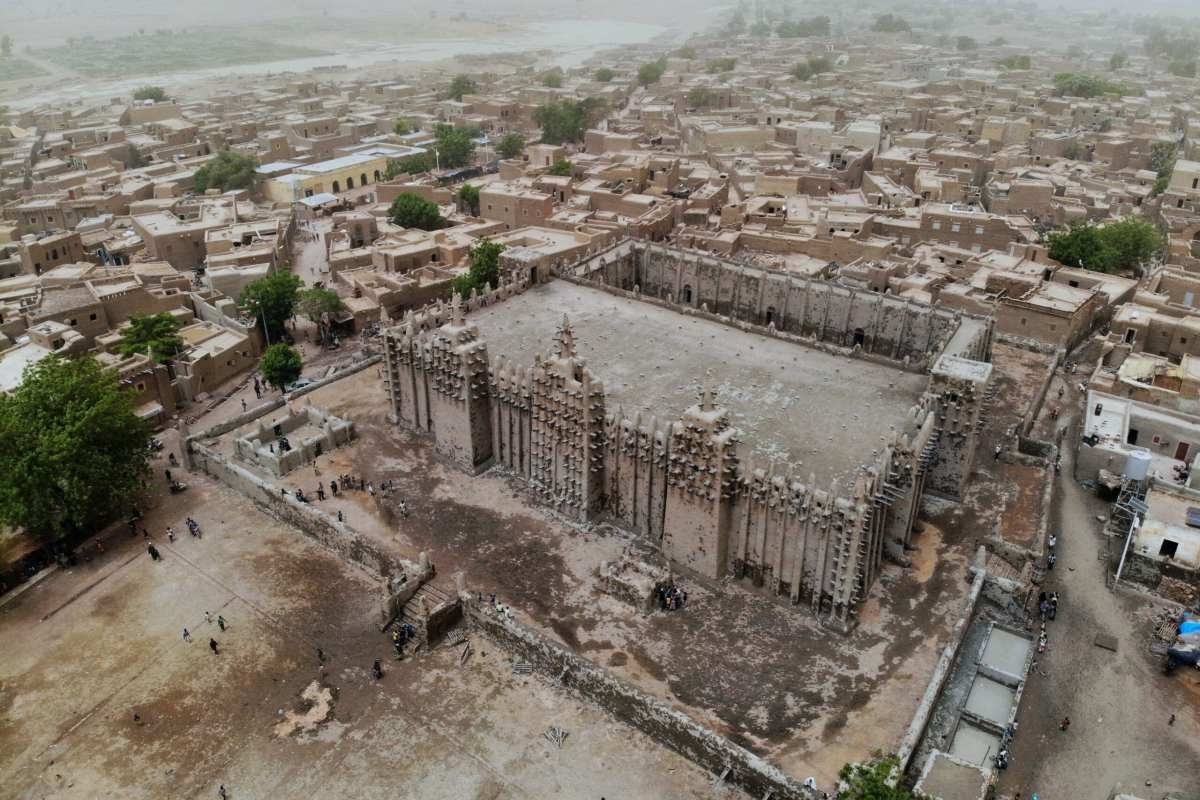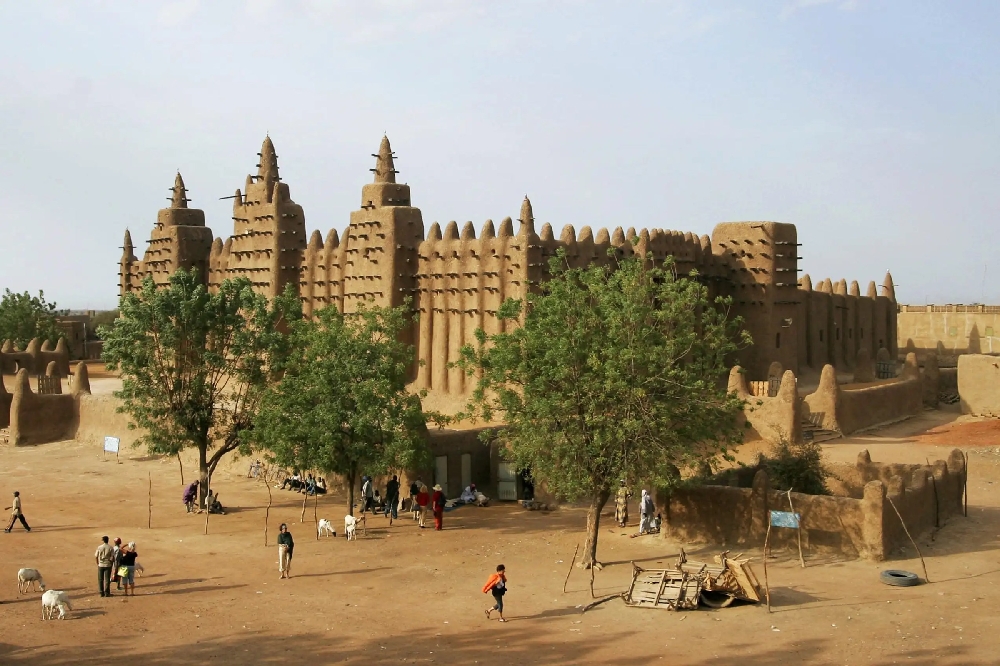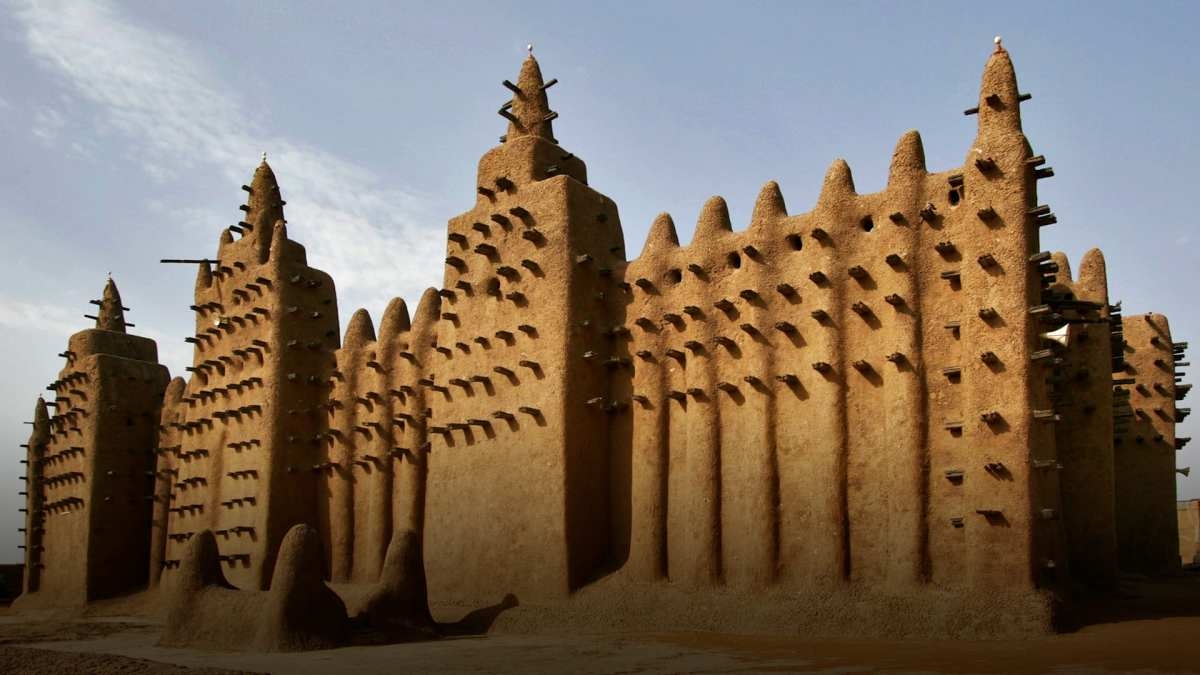



The Great Mosque of Djenné
Destiny Joseph@josephdestiny597391
1 year ago
Djenne is one of the oldest known towns in sub-Saharan Africa. Dating back to 250 BC, it flourished as an important link in the trans-Saharan gold trade and is often described as the ‘twin city’ of ancient Timbuktu.
Sitting on the bank of the rivers Bani and Niger in Mali, Djenne’s rich past is seeped in Islamic history. It was a centre for the propagation of Islam in Africa in the 15th and 16th centuries and continues to pose as a remarkable representative of Islamic architecture in sub-Saharan Africa.
The ancient West African town’s character is shaped by the spectacular and elaborate use of earth in its architecture. It is home to a plethora of charming clay houses that blend into its natural surroundings, with the Great Mosque of Djenne, the largest earthen mud structure in the world, looming over them.
Every year, residents celebrate "Crepissage de la Grande Mosquée," a festival organised to reapply the mud plaster on the mosque walls so as to keep magnificence as a Sudano-Sahelian architectural masterpiece.
The original structure of the mosque is believed to have been built around the thirteenth century, when King Koi Konboro, Djenne’s 26th ruler and its first Muslim sultan, decided to to build a place of Muslim worship in the town using local building materials. But the mosque has been reconstructed at least twice since.
The natural insulation provided by the use of mud and clay in the mosque’s structure keeps it cool inside even during the hottest summer days. With a prayer hall that can hold up to 3,000 people.
This structure holds the UNESCO World Heritage record and is nearly 20 metres high. The Great Mosque of Djenné is truly a beautiful marriage of art, culture, engineering, architecture and Religion.
Source: MiddleeaseMonitor
#DiscoverAfrica
#VisitAfrica
#neighbors
📍Great Mosque of Djenne, Mali
